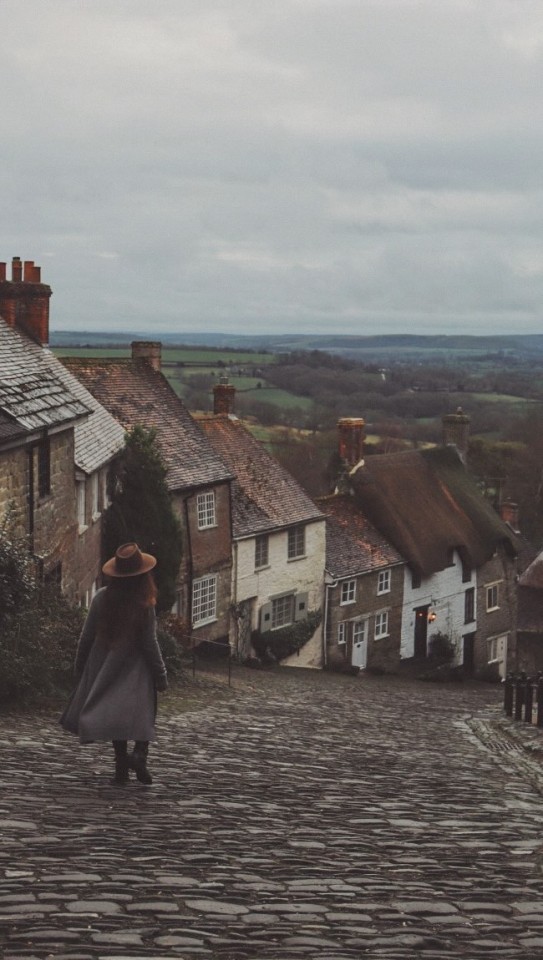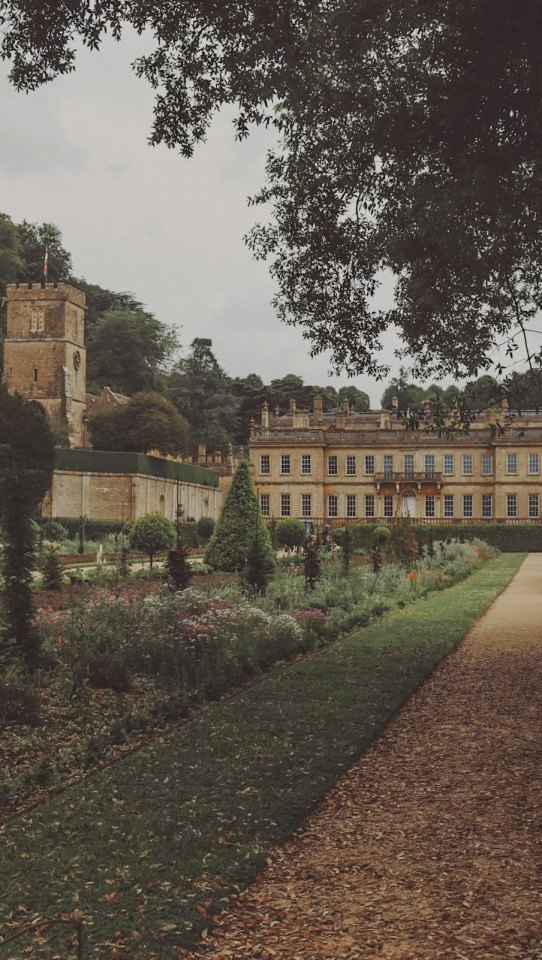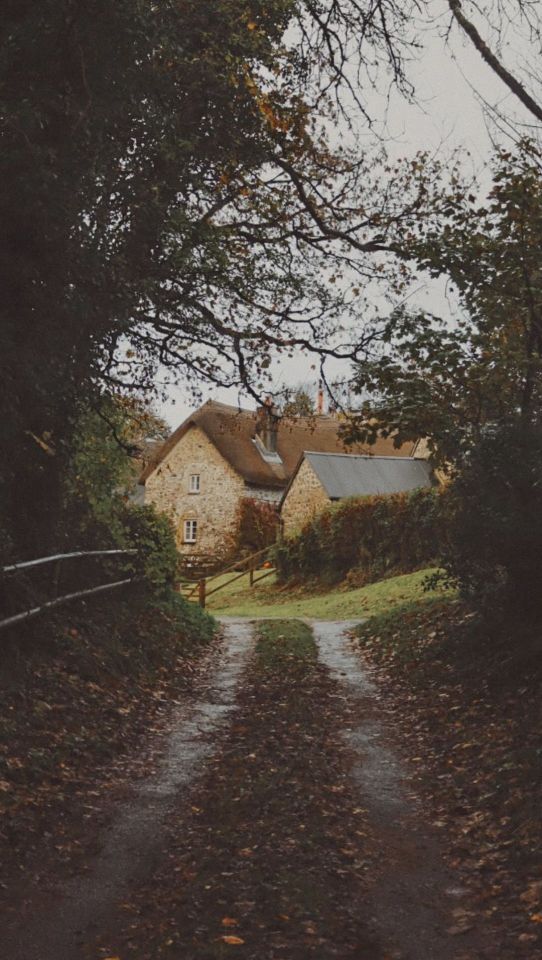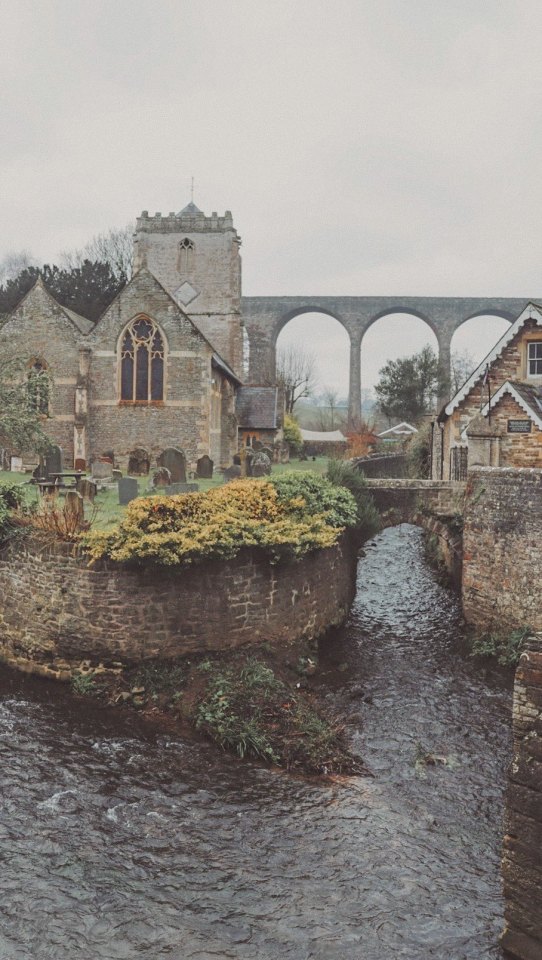Subplot Romance
Subplot Romance
Over the years I’ve created some twitter threads on writing and history and I’ve decided it’s a good time to start compiling and sharing them on this Tumblr. I’m going to tag them “writing”.
-
Here’s what I’ve learned about writing subplot romance. (People who write genre romance probably already know this stuff. It’s those of us who are mainly leavening romantic subplots into fantasy novels that need this info).
1. Romance = fundamentally character-driven. All internal conflict & internal growth. (Can these two trust each other? Will their character flaws drive them apart?) The more study you put into creating characters and building character arcs, the better your romantic writing.
A romance arc is not the SAME as a character arc, but it 100% NEEDS solid character work undergirding it.
2. Romance needs two ingredients: a compelling reason for the characters to be TOGETHER, & a compelling reason for them to be APART. This forms the conflict in the romance so do not skimp on either.
Eg, a common mistake in male-penned stories: female lead has no compelling reason to want male lead. “He’s a good-looking warrior dedicated to winning her throne!” Yeah nah, she’s literally surrounded by good-looking warriors dedicated to winning her throne, why’s he different?
3. Romance needs chemistry = a believable spark of attraction. Something that blew my mind when I realised it: romantic chemistry =/= sexual chemistry. Sexual chemistry (purely physical attraction) is simply PART of romantic chemistry.
Romantic chemistry is a good deal broader. (Read/watch some good romances to see how chemistry is built by different storytellers. One fave of mine is the Romola Garai EMMA. Peerless friends-to-lovers chemistry. Watch the actors’ body language; the way they gravitate to each other; the way their faces light up)
Chemistry tip A: if the driver behind sexual chemistry is lust, the driver behind romantic chemistry is trust. Protag needs/wants someone to trust. It’s the way you play with trust/distrust that will create romantic tension.
eg: love interest holds protag’s hand. With sexual chemistry, protag simply feels a jolt at the contact. With romantic chemistry, protag feels comforted and trustful - then betrayed when it turns out LI is tracking her pulse to see if she’s lying to him (see: MISS SHARP 😇)
Chemistry tip B: if protag is falling for someone, that person should occupy their mind. LI should be mentioned/thought of each scene, even when absent. When present: LI consistently provokes unaccustomed emotion - either positive or negative, depending.
Chemistry tip C: make the characters their best/most lovable/most iconic selves when with each other. Quirkiness, smarts, hilarity. Make these the most fun character scenes in the book & the audience will ship them. Passionately.
4. Build romantic chemistry/attraction through escalating moments of trust and tension. If aiming for happily-ever-after(HEA)/for-now(HFN), then the overall arc is towards greater trust, but you need those moments of tension to give the big payoff scenes appropriate catharsis.
OTOH, if you’re writing a tragic/backstabby romance, you need the trust/comfort moments in order to sell the big tragedy/betrayal.
5. Trust, comfort, & happiness are POWERFUL. This is what genre romance thrives upon. Even in dark/spiky stories, the most surprising thing in the story can be the moment when the LI DOESN’T betray the protag. That too can be wildly cathartic. Use it.
6. Just as character-driven skills help you with romance, so if you master romantic writing, you’ll be better able to write ALL types of relationship - platonic, friendly, hostile.
OK that’s all so far. Two book recs: ROMANCING THE BEAT by Gwen Hayes & THE HEROINE’S JOURNEY by Gail Carriger teach you the rules/expectations of genre romance so you’ll know what the rules are for a happy romance subplot & how to break them for a tragic version.
More Posts from Bearieblues and Others
The Ultimate (short) Guide to Crafting Captivating Book Titles: A Writer’s Journey into Naming Novels
Embracing the Power of a Book Title
Greetings, fellow writers and wordsmiths! As we embark on the magical journey of storytelling, there exists a crucial milestone—bestowing our creations with a name, a title that encapsulates the essence of our narrative. The quest for the perfect title can be as thrilling as drafting the story itself. In this guide, we will unravel the art and significance of titling a novel, exploring strategies, tips, and the creative process behind crafting an engaging and magnetic book title.
Understanding the Importance of a Book Title
The Gateway to Reader Connection
A book title is the beacon that beckons readers to explore the universe you’ve crafted. It’s the first impression, a snapshot that encapsulates the soul of your narrative. A compelling title can captivate an audience, generating curiosity and inviting them to step into the world you’ve woven within your pages.
Reflecting the Essence of Your Story
A well-crafted title encapsulates the core theme, mood, or central conflict of your novel. It should resonate with the narrative, teasing elements without revealing too much, leaving a trail of intrigue that entices readers to delve deeper.
The Art of Title Creation
Embrace the Journey: Start with a Working Title
Begin with a placeholder, a working title that captures the essence of your story in its rawest form. Let it evolve and grow as your narrative does. This title might serve as a guiding light until you uncover the perfect one.
Exploring the Heart of Your Story
Consider the central themes, characters, or pivotal moments within your book. Delve into the emotional core of your narrative and unearth words or phrases that resonate with its essence.
Utilizing Literary Devices and Techniques
Explore metaphors, alliteration, symbolism, or even poetic verses. Experiment with wordplay, juxtapositions, and contrasts. These literary devices can infuse depth and intrigue into your title.
Testing and Refining Your Title
The Power of Feedback
Share your title ideas with trusted friends, writing groups, or beta readers. Gather feedback on their impressions and the emotions evoked by the titles. Use this input to refine and narrow down your choices.
Alignment with Your Target Audience
Consider your intended readership. Does your title resonate with the genre and expectations of your audience? Ensure it’s not only enticing but also aligns with the preferences of your potential readers.
Finalizing the Perfect Title
Distillation of Essence: Keep it Succinct and Evocative
Aim for brevity and impact. A concise yet evocative title can linger in the minds of readers. Often, the most powerful titles are those that say much with few words.
Research and Avoiding Clichés
Investigate existing titles in your genre to ensure your title stands out. Steer clear of clichés and overused phrases, aiming for originality and uniqueness.
Embrace the Artistry of Title Crafting
Crafting the ideal book title is an art in itself. It’s the literary cloak that shrouds your creation, inviting readers into the tapestry of your imagination. Embrace the journey of titling your novel with the same passion and creativity you pour into your storytelling. Let the title be a herald, whispering the promise of a remarkable journey that awaits within the pages of your book.
As you venture forth, remember, the perfect title awaits—a key to unlock the hearts and minds of your future readers.
Happy writing and titling!
This comprehensive guide aims to take writers through the journey of creating an impactful and engaging book title, emphasizing the importance of a title and offering practical strategies to craft one that truly resonates with a novel’s essence. If you need further insights, examples, or specific advice on any aspect of titling a novel, feel free to delve deeper into each section. Happy titling!
Physical Affection Prompts
hi all! I just thought I'd make my own list of various physical affection prompts and since no idea is ever original some of these are 100% on other peoples lists but im not using other lists as reference or copying anyone. this list is for my own use and other peoples use and there's no need to credit me (though it's always nice).
reblog to have your followers send you these as prompts !! or just use them for your own writing.
all of these are meant as sfw prompts but some may seem a bit more intimate.
tracing someones face
tucking hair behind their ear
forehead kisses
desperate hugs
crying into their neck/shoulder
reversed little spoon & big spoon (the one who is normally the big spoon is the little spoon and vice versa)
holding their hand under a table
kissing their hand
kissing their collarbone
sitting with legs in their lap
morning cuddles where they're both mostly asleep and they don't want to wake up yet but they want to cuddle
petting their hair
head pats
sitting on the floor in front of them while they sit on the couch and their arms touch their legs.
holding both of their hands
hugs from behind
gently touching their waist to move past them (dont do this to someone you're not dating! dont believe I have to say this.)
grabbing their wrist or hand and turning them around
playing with their hands when nervous
slow dancing










A selection of strange and cryptic personal ads from The New York Herald, 1860s to 1890s. 3/?






Instagram credit: __beanandbear__






The Legend of Sleepy Hollow (1949)
“Hey princess.”
“Don’t call me that.”
“Why not? You are a princess.”
“Of what, exactly? My whole kingdom and my people are gone. I don’t have anything to rule over, not anymore.”
-
 bluefightingpanda reblogged this · 1 month ago
bluefightingpanda reblogged this · 1 month ago -
 writinghelp14 reblogged this · 1 month ago
writinghelp14 reblogged this · 1 month ago -
 tylands liked this · 1 month ago
tylands liked this · 1 month ago -
 aijahp liked this · 2 months ago
aijahp liked this · 2 months ago -
 heckcareoxytwit liked this · 2 months ago
heckcareoxytwit liked this · 2 months ago -
 giving-myself-away liked this · 3 months ago
giving-myself-away liked this · 3 months ago -
 craftytrashnightmare liked this · 3 months ago
craftytrashnightmare liked this · 3 months ago -
 randomnameidksblog liked this · 3 months ago
randomnameidksblog liked this · 3 months ago -
 prettywitchiusaka reblogged this · 3 months ago
prettywitchiusaka reblogged this · 3 months ago -
 prettywitchiusaka liked this · 4 months ago
prettywitchiusaka liked this · 4 months ago -
 myadmiringmind liked this · 4 months ago
myadmiringmind liked this · 4 months ago -
 spideyladman liked this · 4 months ago
spideyladman liked this · 4 months ago -
 aquaeclipse liked this · 4 months ago
aquaeclipse liked this · 4 months ago -
 violetcherryblossoms liked this · 4 months ago
violetcherryblossoms liked this · 4 months ago -
 reponute liked this · 4 months ago
reponute liked this · 4 months ago -
 cheloneuniverse liked this · 4 months ago
cheloneuniverse liked this · 4 months ago -
 spaceeoddity liked this · 4 months ago
spaceeoddity liked this · 4 months ago -
 fragmentedstarlight reblogged this · 5 months ago
fragmentedstarlight reblogged this · 5 months ago -
 fragmentedstarlight liked this · 5 months ago
fragmentedstarlight liked this · 5 months ago -
 discowizard88 reblogged this · 5 months ago
discowizard88 reblogged this · 5 months ago -
 discowizard88 liked this · 5 months ago
discowizard88 liked this · 5 months ago -
 exquisink liked this · 5 months ago
exquisink liked this · 5 months ago -
 fehccooks liked this · 5 months ago
fehccooks liked this · 5 months ago -
 lllostbythemoon liked this · 5 months ago
lllostbythemoon liked this · 5 months ago -
 oceanstide liked this · 6 months ago
oceanstide liked this · 6 months ago -
 browhathalpenedtomyod liked this · 6 months ago
browhathalpenedtomyod liked this · 6 months ago -
 prodsh00ky liked this · 6 months ago
prodsh00ky liked this · 6 months ago -
 maidarlin liked this · 6 months ago
maidarlin liked this · 6 months ago -
 lostinengineering reblogged this · 7 months ago
lostinengineering reblogged this · 7 months ago -
 glasses-and-dreamers reblogged this · 7 months ago
glasses-and-dreamers reblogged this · 7 months ago -
 rose-colored-glasses7 liked this · 7 months ago
rose-colored-glasses7 liked this · 7 months ago -
 sweet-potatah-pie liked this · 7 months ago
sweet-potatah-pie liked this · 7 months ago -
 ultraeverlastinggopstopper liked this · 7 months ago
ultraeverlastinggopstopper liked this · 7 months ago -
 normalestman reblogged this · 7 months ago
normalestman reblogged this · 7 months ago -
 poppypiqueerer liked this · 8 months ago
poppypiqueerer liked this · 8 months ago -
 venusruledmuse liked this · 8 months ago
venusruledmuse liked this · 8 months ago -
 aflairforthejoobmatic liked this · 8 months ago
aflairforthejoobmatic liked this · 8 months ago -
 newdawnhorizon reblogged this · 8 months ago
newdawnhorizon reblogged this · 8 months ago -
 totally-not-one-of-the-fae liked this · 8 months ago
totally-not-one-of-the-fae liked this · 8 months ago -
 galactic-pirates liked this · 8 months ago
galactic-pirates liked this · 8 months ago -
 monarchtrix reblogged this · 8 months ago
monarchtrix reblogged this · 8 months ago -
 monarchtrix liked this · 8 months ago
monarchtrix liked this · 8 months ago -
 aj-lenoire reblogged this · 8 months ago
aj-lenoire reblogged this · 8 months ago













